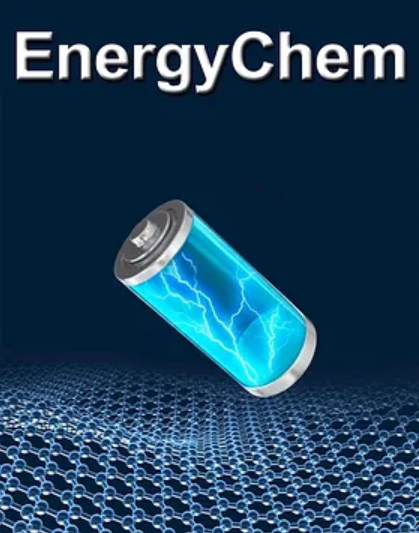3D network of graphene materials for alkali metal ion batteries
IF 22.2
Q1 CHEMISTRY, MULTIDISCIPLINARY
引用次数: 0
Abstract
With the rapid advancement of the economy, the commercial landscape of lithium-ion batteries has expanded significantly. However, traditional graphite anodes are often inadequate for applications demanding high energy and power densities, such as in drones and electric vehicles, due to limited capacity and rate capability, necessitating enhancements. Emerging sodium and potassium-ion batteries, with resource availability estimated to be 1000 times that of lithium, are particularly suited for grid-level energy storage, supporting photovoltaic systems. Given the physical and chemical advantages of carbon materials, there has been increasing interest in advanced carbon structures for lithium-, sodium-, and potassium-ion batteries. Notably, 3D network of graphene offers pathways for enhanced ion diffusion and electron transport, and its expanded interlayer spacing holds promise for sodium and potassium storage, potentially improving capacity, power, and longevity as a binder-free anode. This review elucidates the preparation techniques for 3D-network graphene, examines its applications in alkali ion battery cathodes and anodes, and discusses future advancements in this area.

用于碱金属离子电池的石墨烯材料三维网络
随着经济的快速发展,锂离子电池的商业前景显著扩大。然而,由于容量和速率能力有限,传统的石墨阳极通常不适用于要求高能量和功率密度的应用,例如无人机和电动汽车,因此需要改进。新兴的钠离子和钾离子电池,其可用资源估计是锂离子电池的1000倍,特别适合电网级储能,支持光伏系统。鉴于碳材料的物理和化学优势,人们对锂离子、钠离子和钾离子电池的先进碳结构越来越感兴趣。值得注意的是,石墨烯的3D网络提供了增强离子扩散和电子传递的途径,其扩大的层间间距有望用于钠和钾的存储,潜在地提高了作为无粘合剂阳极的容量、功率和寿命。本文综述了三维网络石墨烯的制备技术,探讨了其在碱离子电池阴极和阳极中的应用,并讨论了该领域的未来发展。
本文章由计算机程序翻译,如有差异,请以英文原文为准。
求助全文
约1分钟内获得全文
求助全文
来源期刊

EnergyChem
Multiple-
CiteScore
40.80
自引率
2.80%
发文量
23
审稿时长
40 days
期刊介绍:
EnergyChem, a reputable journal, focuses on publishing high-quality research and review articles within the realm of chemistry, chemical engineering, and materials science with a specific emphasis on energy applications. The priority areas covered by the journal include:Solar energy,Energy harvesting devices,Fuel cells,Hydrogen energy,Bioenergy and biofuels,Batteries,Supercapacitors,Electrocatalysis and photocatalysis,Energy storage and energy conversion,Carbon capture and storage
 求助内容:
求助内容: 应助结果提醒方式:
应助结果提醒方式:


